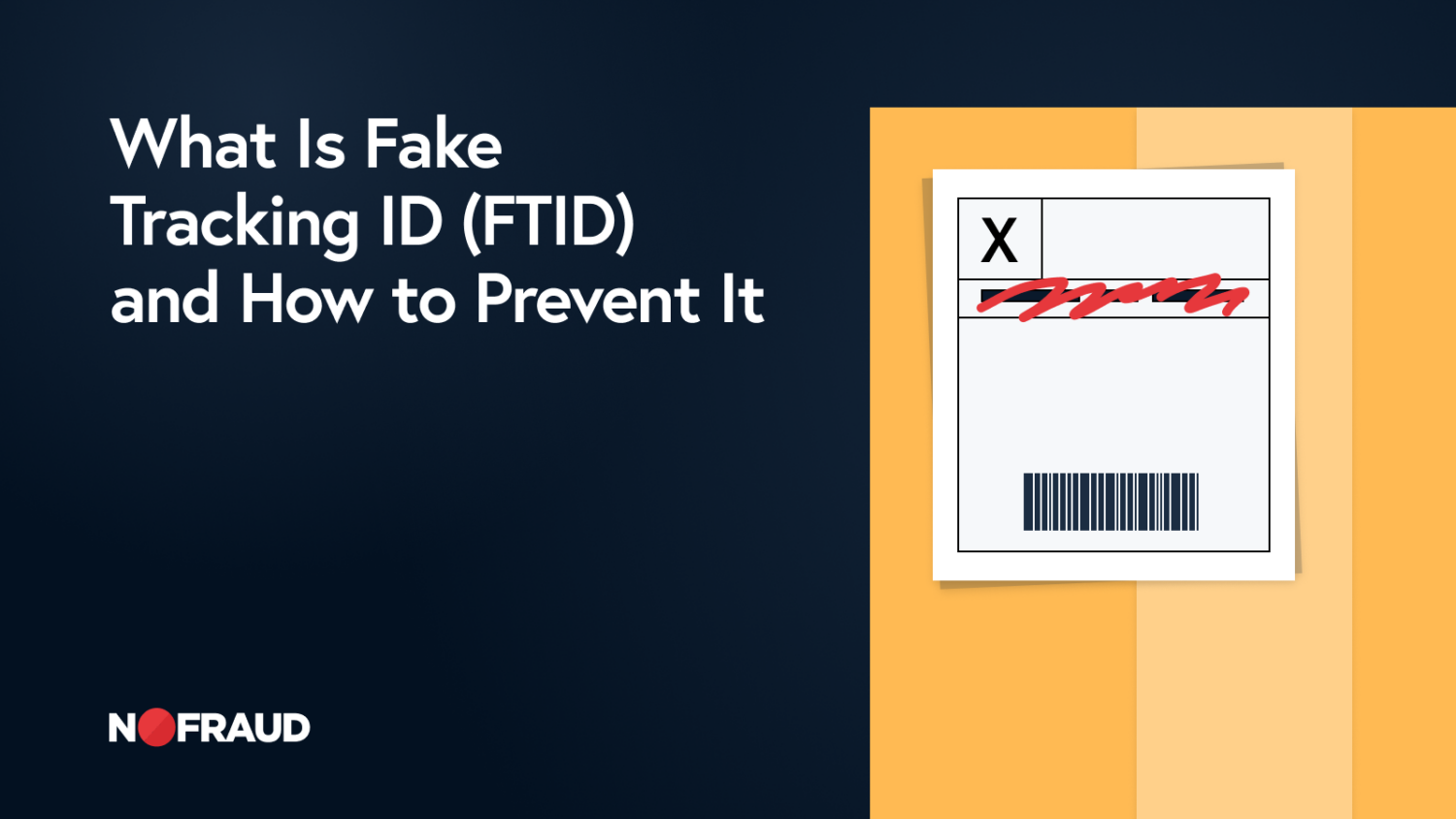Many ecommerce businesses rely on thriving affiliate marketing programs to drive sales and revenue growth. In the United States and Canada, affiliate marketing drives around 16% of ecommerce sales and is utilized by over 80% of advertisers. With the growing success of such programs comes the risk of affiliate fraud. Nearly 30% of brands have reported fraudulent activities, such as cookie stuffing and chargebacks, perpetrated by unethical affiliate partners to artificially inflate commissions.
Affiliate fraud has seen a significant surge in recent years. In 2020, 10% of affiliate traffic was fraudulent, increasing to 17% by 2022, resulting in estimated losses of $3.4 billion. The latest estimates show that a staggering 45% of affiliate traffic is suspected to be false, raising concerns about ad fraud, which cost companies $84 billion in 2023. Forecasts show a growing challenge in this space as ad fraud is predicted to reach $172 billion by 2028.
What is Affiliate Fraud?
Affiliate fraud, also known as affiliate marketing fraud, refers to the illegal or unethical practices used by partners or influencers (affiliates) to earn commissions from online marketing programs. In affiliate marketing, businesses reward affiliates for driving traffic or generating sales through their promotional efforts. However, scammers exploit this system to fraudulently earn commissions or benefits without legitimate referrals or actions. This type of fraud can occur in various forms with fraudsters using a plethora of tactics to inflate their performance, so it appears superficially higher than it really is.
Types of Affiliate Fraud
Here are some common types of ecommerce affiliate fraud:
- Cookie stuffing: Placing cookies on a user’s device without their knowledge or consent to earn commissions from subsequent purchases.
- Cookie hijacking: Stealing cookies from other affiliates or replacing them with their own cookies to earn commissions.
- Affiliate link hijacking: Replacing an affiliate’s link with one’s own to earn commissions from sales generated by the original affiliate.
- Fake referrals: Generating fake referrals or leads to earn commissions.
- Coupon fraud: Sharing expired or fake coupons to earn commissions from sales.
- Content theft: Stealing content from other affiliates or websites to earn commissions.
- Fake reviews: Creating fake reviews to promote products and earn commissions.
- Bot fraud: Using bots to generate fake traffic, leads, or sales to earn commissions.
- Influencer fraud: Falsely claiming to be an influencer or having a larger following to earn commissions.
- Affiliate network fraud: Creating fake affiliate networks or programs to earn commissions.
- Pixel stuffing: Placing multiple tracking pixels on a single page to earn multiple commissions.
- Domain hijacking: Hijacking a domain to earn commissions from sales generated by the original domain owner.
- Affiliate arbitrage: Buying traffic at a low cost and selling it at a higher cost to earn commissions.
- Fake sales: Generating fake sales or transactions to earn commissions by using stolen credit card information to complete purchases. This can also become a chargeback fraud scheme when affiliate fraudsters work with organized crime rings, which will complete fraudulent purchases at scale. The affiliate collects commissions on the inflated performance while the crime ring initiates chargebacks.
How to Prevent Affiliate Fraud
To prevent affiliate fraud, merchants can implement the following measures:
- Regularly review affiliate accounts and track unusual activity.
- Leverage tools that detect and prevent affiliate fraud. Implementing anti-fraud software that can detect early signs of potential fraud by leveraging AI and smart machine learning.
- Set clear affiliate program terms that include guidelines and consequences for fraudulent behavior. You may even consider educating affiliates on what constitutes fraud and how to avoid it. This can serve as a potential deterrent — and reminder — that fraud prevention is top of mind for your business.
- Regularly audit affiliate accounts for fraud.
- Require affiliates to use two-factor authentication to access their accounts.
- Look for unusual activity, such as sudden increases in commissions or multiple accounts from the same IP address.
- Encourage affiliates to be transparent about their marketing practices and disclose their affiliations clearly.


